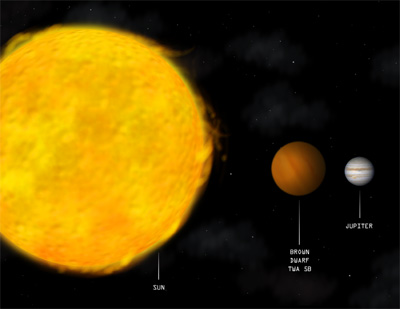Non-Baryonic dark matter comes in two type; hot dark matter and cold dark matter. Hot dark matter (HDM) is thought to be made up of particles traveling near the speed of light and possessing little or no mass and have zero charge. One likely candidate is the neutrino. A neutrino, until recently, was thought to be a massless particle, but experiments in Japan and elsewhere have determined that some types of neutrinos may actually have between one million and one thousandth the mass of an electron. These tiny particles are theoretically zipping around everywhere in the universe and could account for a large part of the missing dark matter but unfortunately they very rarely interact with baryonic matter and have never actually been detected.
Cold dark matter (CDM) on the other hand is made up of WIMPs (Weakly Interacting Massive Particles). Scientists have postulated the existence of photinos--partners of photons--with an expected mass 10 to 100 times that of a proton; axions, carriers of force that have mass, or even quarknuggets, odd non-baryonic aggregates of quarks. None of these particles have been detected, either in space or in particle accelerators.

Baryonic dark matter is any ordinary matter, matter that is made of protons, electrons and neutrons, and doesn’t emit any radiation that is currently detectable on earth. One source of such matter is the primordial helium and hydrogen that permeates the universe. It is believed that this primordial matter equals or exceeds all other measured baryonic matter.
MACHOs (Massive Compact Halo Objects) are another source baryonic matter that does not emit light and could exist in huge numbers in the halos surrounding galaxies. These can be brown dwarfs, masses of hydrogen that is held together by gravity but it not massive enough to start a nuclear reaction and therefore doesn’t emit radiation. Others can be planets that are not quiet large enough to start a nuclear reaction, or even black holes. So far not enough of these objects have been found to prove or disprove this theory. Comparison of brown dwarf to our sun
Courtesy of NASA Chandra X-Ray Observatory



